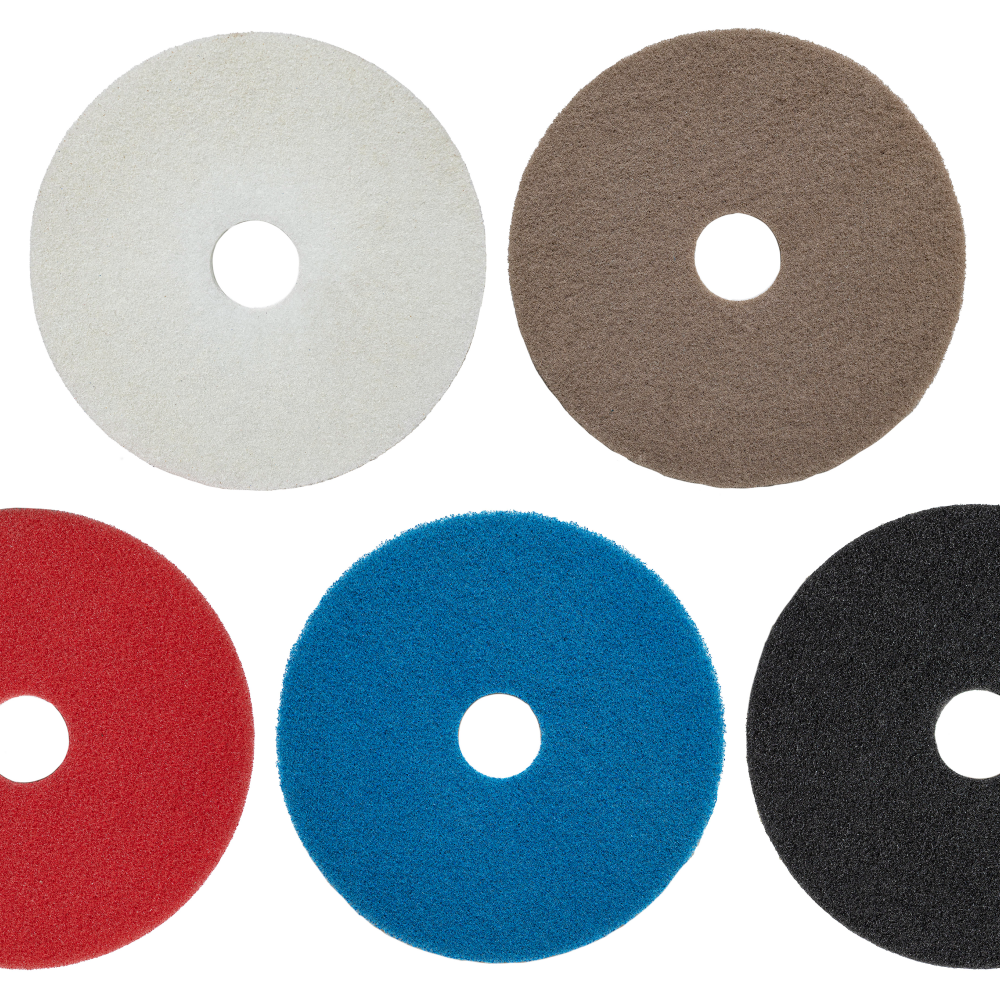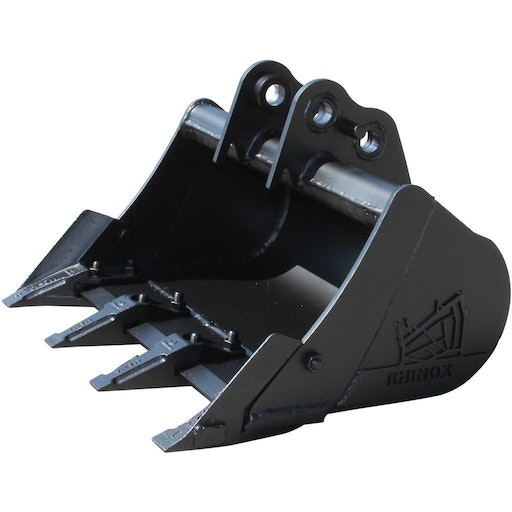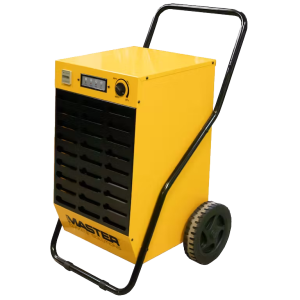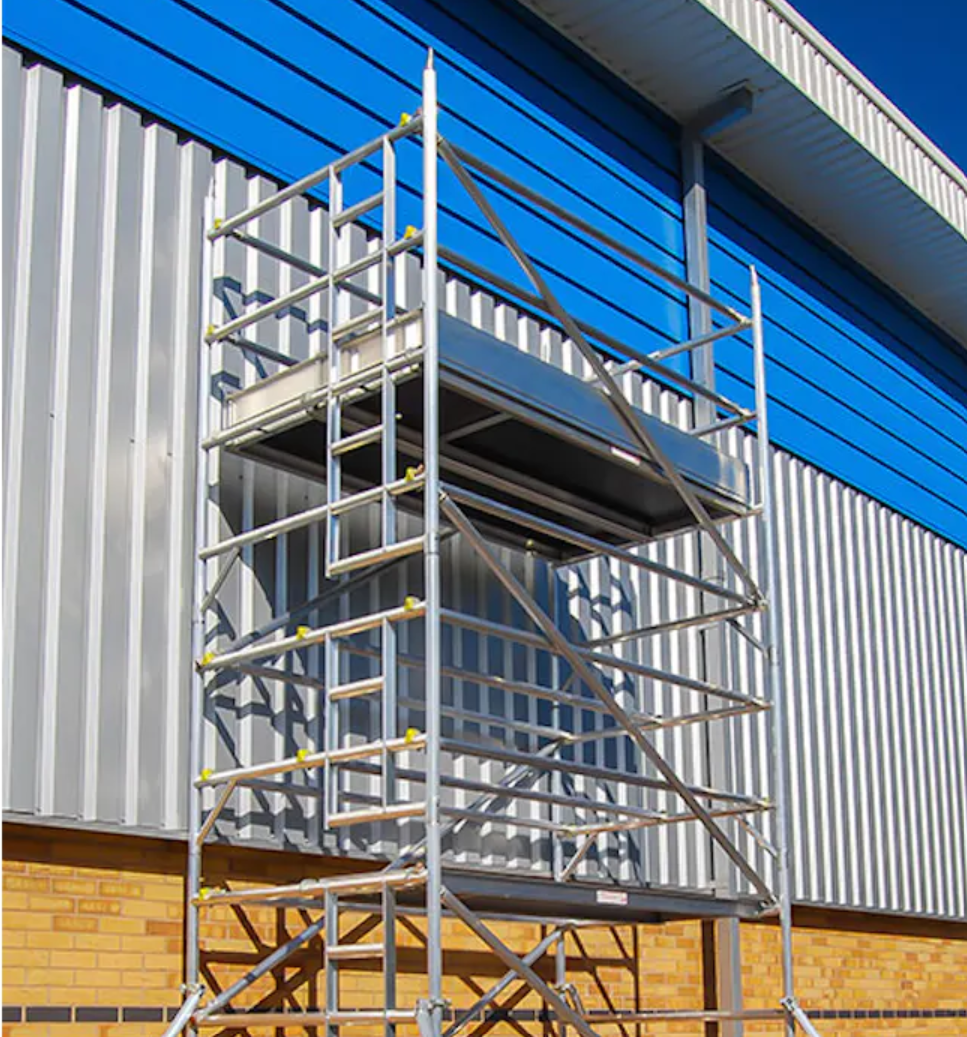In the fast-paced world of construction, maintaining the right on-site conditions is vital to achieving quality results and meeting deadlines. This is where climate control equipment plays an essential role. Designed to regulate temperature, humidity, and air quality, these systems create a stable working environment that promotes both efficiency and safety.
Whether it’s preventing plaster from drying too slowly, helping concrete cure evenly, or reducing the risk of mould growth, effective construction site climate control directly impacts project outcomes.
Urban construction sites, in particular, face unique challenges such as unpredictable weather, restricted space, and tight schedules. These factors can lead to delays, increased costs, and compromised quality. For instance, excessive moisture can not only slow material drying but also foster microbial growth, jeopardising structural integrity and posing health risks.
To tackle these challenges, many contractors now opt for climate control equipment hire. Hiring portable heaters, dehumidifiers, and air conditioning units allows teams to quickly adapt to changing site conditions without the capital expense or maintenance burden of ownership. This flexibility helps keep projects on schedule, within budget, and compliant with quality and safety standards.
Research has shown that temporary climate control solutions can stabilise materials, reduce moisture levels, and improve air quality. Maintaining optimal temperature and humidity boosts worker comfort and minimises weather-related delays. By hiring climate control equipment, construction teams can stay focused on their core work while ensuring a productive, compliant environment.
Understanding Climate Control Equipment
Climate control equipment is essential for maintaining safe, efficient working conditions on any construction site. These systems regulate temperature and humidity to protect workers and materials alike.
Types of Climate Control Equipment
1. Heaters
Cold weather can slow down work and compromise material curing. Portable heaters are crucial for keeping workers warm and ensuring that materials such as concrete, plaster, and adhesives set properly. Options include electric, indirect, and direct-fired heaters, each suited to different site conditions.
2. Air Conditioners
Hot weather brings the risk of heat stress and can affect material performance. Portable air conditioning units provide targeted cooling in specific work areas, keeping workers comfortable and maintaining material integrity.
3. Dehumidifiers
High humidity can cause mould, warping, and delays in drying. Construction dehumidifiers remove excess moisture, protecting materials and improving air quality, particularly useful during damp or rainy conditions.
4. Ventilation Systems
Proper ventilation reduces the build-up of fumes, dust, and other airborne hazards. Integrated ventilation systems ensure consistent airflow across the site, complementing heating and cooling equipment for full environmental control.
How Climate Control Equipment Works
Heaters and air conditioners operate using thermodynamic principles, generating or removing heat to maintain target temperatures. For instance, portable air conditioners use refrigerants to absorb indoor heat and release it outside, cooling the space efficiently.
Dehumidifiers pull humid air through cooled coils, condense the moisture, and then release drier air back into the site. This helps materials dry correctly and prevents moisture-related damage.
Larger construction sites may require high-capacity systems, while smaller or temporary setups benefit from portable, flexible solutions.
By understanding how these systems work, site managers can select the right mix of equipment for safe, efficient, and compliant working environments.
The Key Benefits of Hiring Climate Control Equipment
Hiring rather than purchasing climate control equipment brings numerous advantages to construction companies.
Cost-Effectiveness
Buying climate control systems outright can be expensive. Hiring offers access to the latest high-performance units such as dehumidifiers, heaters, and air conditioners without the large upfront cost.
Hiring also includes delivery, setup, and often maintenance, meaning no hidden costs for transport, servicing, or storage. Funds saved can be reallocated to other areas of the project, improving overall efficiency.
Flexibility and Scalability
Every project has different demands. With climate control hire, you can scale equipment up or down depending on project size, duration, and weather conditions. All of this can be arranged 24/7 via our online portal.
For example, if a summer heatwave hits, you can quickly rent extra cooling units. Once the phase is complete, you simply return them with no long-term storage or depreciation to worry about. This agility is especially beneficial for contractors managing multiple sites.
Maintenance-Free Solutions
Hiring eliminates the need for costly upkeep and servicing. The hire company handles maintenance, inspections, and replacements, giving peace of mind that equipment remains in top condition. You will always have access to the most modern, energy-efficient models without downtime or repair costs eating into productivity.
Enhancing Worker Safety and Comfort
A well-controlled site environment directly contributes to worker wellbeing and productivity.
Impact on Worker Productivity
Studies show that comfortable working conditions significantly increase focus and output. When workers are neither too hot nor too cold, they make fewer mistakes and sustain higher energy levels.
By investing in construction site climate control, employers create an environment where staff can perform safely and efficiently. Reduced heat stress, fatigue, and cold exposure translate into fewer absences and smoother project delivery.
Health and Safety Considerations
Construction work exposes staff to changing weather and physical exertion. Without adequate temperature and humidity control, risks such as dehydration, heat exhaustion, or hypothermia increase.
Air conditioning units, heaters, and dehumidifiers play a vital role in protecting workers from these hazards. Maintaining a stable environment not only supports health and safety compliance but also preserves materials and machinery from weather-related damage.
Preserving Construction Materials
Climate control is not only about comfort. It also protects the materials and workmanship that define project quality.
Preventing Damage to Materials
Moisture is one of the leading causes of damage on site. Materials such as plasterboard, timber, and insulation are highly sensitive to humidity. Uncontrolled moisture can cause warping, mould, and adhesive failure, all of which delay completion and increase costs.
Dehumidifier hire and temporary heating solutions help maintain a consistent environment, preventing dampness and preserving the integrity of materials throughout the build process.
Ensuring Quality of Work
Maintaining stable temperature and humidity ensures materials perform as intended. Concrete cures more evenly, plaster finishes smoothly, and paint adheres properly, all crucial for delivering durable, professional results.
When materials are kept in optimal condition, rework is minimised, quality control improves, and projects are completed faster and within budget.
Conclusion
Hiring climate control equipment for construction sites offers far-reaching benefits from safeguarding materials to improving worker safety and productivity.
Temporary solutions such as rental heaters, air conditioning units, and dehumidifiers enable contractors to control environmental conditions efficiently, regardless of weather or project stage.
By prioritising climate management, construction teams protect their investment, meet deadlines, and deliver consistently high-quality results. Whether it is a large commercial build or a smaller residential project, climate control hire is a practical, cost-effective way to maintain productivity and ensure project success.
As the construction industry continues to face environmental and scheduling challenges, embracing modern climate control solutions is more than a convenience. It is a competitive advantage.




